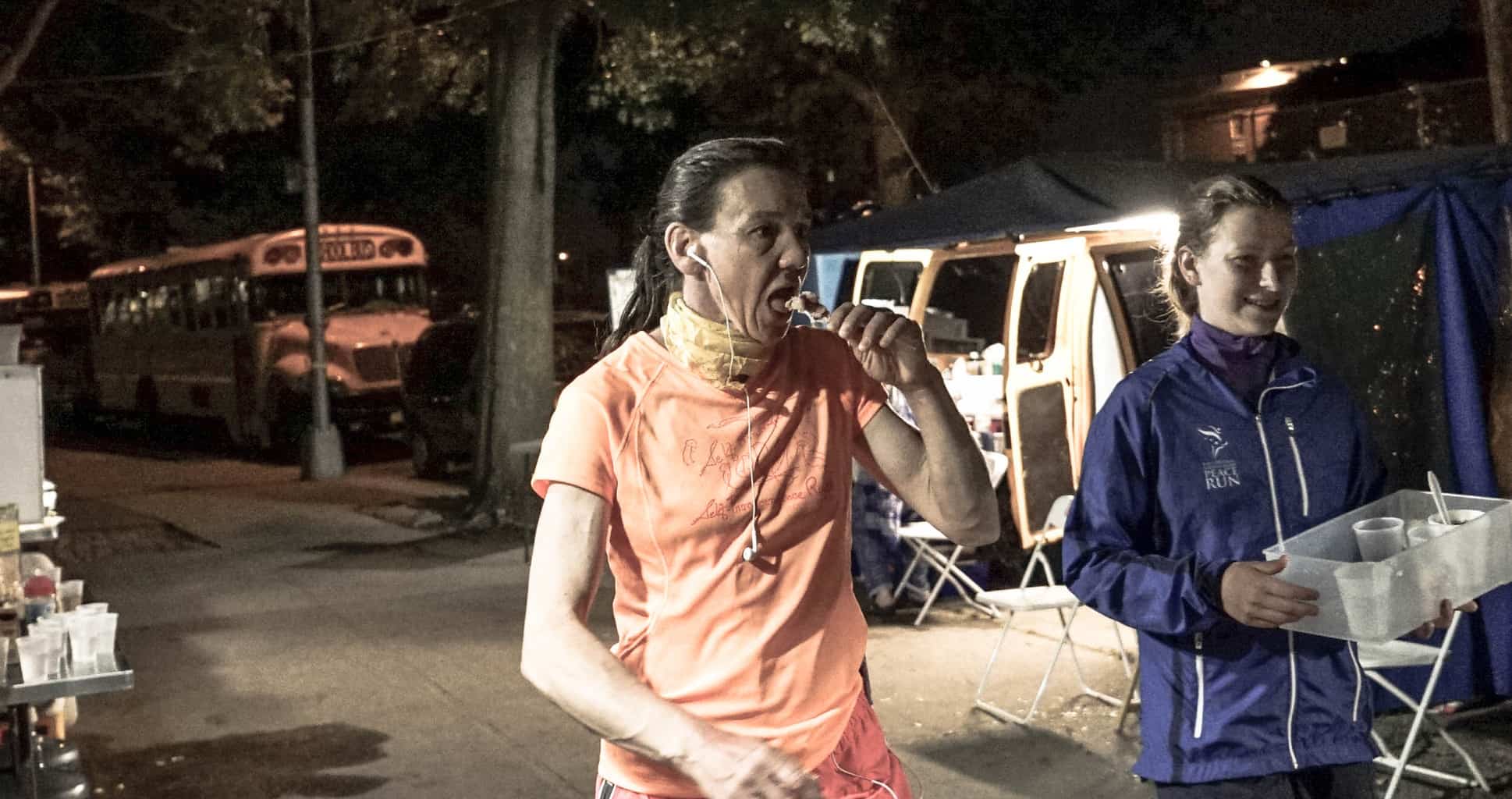“Second place sucks.”- 3,100 Mile Race Record Holder, Ashprihanal Aalto

Imagine spending a summer running 3,100 miles, a distance that would take you from Seattle to Miami. If you attempted that particular run this past summer, as you crossed the Cascades, you may have slowed, feeling the effects of the Heat Dome. And let’s say you started with a group of friends who quickly jumped ahead of you. As you progress through the Midwest into the South, you are told they are already a hundred miles ahead. You might feel that you’ll never be able to catch up. You plod along though Arkansas and over the Great Smoky Mountains. Somehow, though, as you gear up for the final 200 miles, the leader’s silhouette becomes faintly visible against the backdrop of the Epcot Center in Orlando. With each successive mile en route to Miami, you seem to be getting closer. As the Miami Skyline comes into view, you can actually see the leader just 9 miles ahead of you.

Now imagine that instead of this run starting in Seattle, unfolding on America’s backroads and ending 3,100 linear miles later in Miami, you’ve been running 3,100 miles on a 0.5488 mile loop in the middle of New York City.
Got that? Welcome, then, to the Self-Transcendence 3,100 Mile Race. Held during a 52-day window every summer, the Race requires participants to average 59.6 miles a day if they hope to finish by the cut-off. Unlike most multidays, runners can’t run around the clock but are confined to the period of 6 am til midnight. And, again, they do this all around a pedestrian ½ mile sidewalk course encircling a high school in Queens.
“This is the most challenging endurance event in the world,” says Race co-director Sahishnu Szczesiul. “It’s not a race about the elements nor is it about your per-mile pace. The race is about longevity and both physical and mental stamina. Imagine running 60 to 70 miles on a particular day, doing it again the next, and repeating that 40+ more days, with no days off.”

Why do they do it? That’s a question I asked each of the 12 participants of this year’s 20th anniversary race. While runners hailed from countries like the Ukraine, Austria and Slovakia (no US runners this year), and came from varied running backgrounds – all had a similar answer. Running the Self-Transcendence 3,100 Mile Race was a pilgrimage. Shamita Achenbach Konig, a concert cellist from Vienna, was attempting the Race for the first time.
“Past participants told me that the race begins months before,” Shamita told me. “Just gathering the courage to make it to the starting line has been an achievement. We battle with blisters but we hope to have spiritual experiences that will change our lives.”

In any case, the Race began like the previous 19 editions had – with very little fanfare. Experienced runners say it can take their bodies two to three weeks to harden from the constant stress of sidewalks, excessive heat and minimal sleep. But by day 14 or so, their experience of running passes from pain into progress. As their bodies shed an attachment to comfort and lethargy, they begin experiencing, in their words, the “bliss of self-transcendence.” Far from simply a runner’s high, this state is more akin to a spiritual high.
I say this having spent time as part of a documentary film project observing and filming the Monks of Mt. Hiei, famed for their 7 year, 1,000 day nearly 30,000 mile trek through the highlands of Kyoto, Japan. For them, motion is a means to an end. It is simply the vehicle to open their other senses up to the universe’s highest spiritual realities. It’s worth noting, too, that the 3100 Mile Race was founded by Indian spiritual teacher (and marathon devotee) Sri Chinmoy, who promoted distance running as a means to achieving profound spiritual progress.

As runners of the 3,100 passed through 1,000 miles then 2,000 then 2,500, the Race began to heat up. Last year’s champion and course-record holder Ashprihanal Aalto started this year’s Race beset with problems. From suffering pneumonia and hamstring issues, he just couldn’t develop a daily rhythm, and by day 40 of this year’s race he was still 450 miles from the goal. Last year, for example, he averaged 77 miles a day, finishing in a little over 40 days and besting a 2006 record set by ultramarathon legend Wolfgang Schwerk (who is ranked 2nd all time for 24 hours behind Yiannis Kouros).
With 200 miles to go, Aalto, who had been as far back as 4th just a few weeks earlier, found himself in striking distance of the leader, Ukrainian Yuri Trostenyuk - just 27 miles behind to be exact. But could Aalto significantly lessen that gap over the short distance remaining? In the end, Trostenyuk bested Aalto by less than 2 hours – by 9 miles – by far the closest finish in race history. Far from being sad at his 2nd place finish, Aalto was ecstatic at the effort his ravaged body had produced. And Trostenyuk? He likened the experience of this year’s race to being in the Lap of God, pushed by an unseen Hand through the battlefield of life.

While that experience is not the norm, it establishes what we can achieve when we ignore impossibility and let our legs propel more than just an outer journey – but the inner journey we are all on as seekers of universal truth and unbounded happiness.




